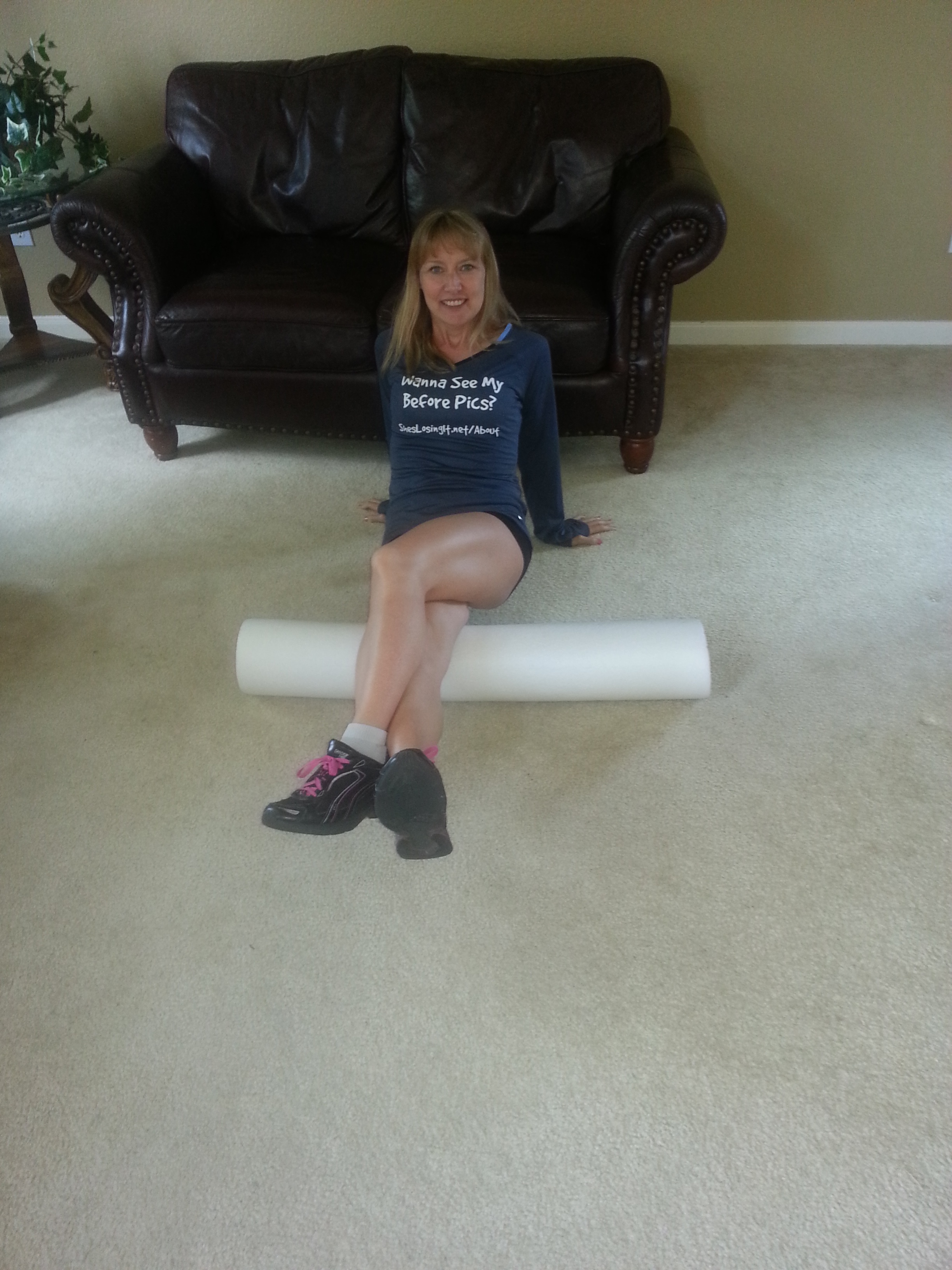What is Self Myofascial Release?
The first time I heard about foam rollers was when I lived in Los Angeles. Knowing absolutely nothing about running I decided to sign up for a marathon because I’m like that. The first few runs were tough yet bearable, but once I hit the seven mile mark I started getting leg cramps. Talking to a co-worker who did 50-mile bike races about my woes, she said,
- “Have you tried a foam roller?”
- “What’s that?” I asked.
- “It’s a cylinder made out of hard foam that you roll up and down on. It’s hurts like hell, but then, ohhh what a release you get!” She seemed to get lost in her thoughts.
- “We’re still about foam rollers, right?” (You have to be careful when you talk to people in the accounting department…)
- “Um…yeah. They’re like $20 and you can buy them in a sport store.”
Flash forward to now, and I have a very similar love/hate relationship with my own foam roller. The fancy terminology for using this tube is called self myofascial release. It essentially helps you use your own bodyweight to get the knots out of your muscles. Here’s a simplified version of how it works:

How Does It Work?
Your skeletal muscles have two neuron receptors, the muscle spindles (which run parallel to the muscle fibers) and the golgi tendon organ (GTO). If you are doing strenuous exercise the muscle spindles trigger the myotatic stretch reflex, causing the muscle to shorten. (That’s a fancy way of saying you have a “knot”). If you ever had a knot you know just how painful this can be. This is where the GTO comes in.
The GTO is sensitive to muscle tension, and when it is stimulated past a certain threshold it triggers a message telling the muscle spindles to stop contracting the muscle. Once the muscle relaxes, the pain goes away. The key is for the GTO to reach that threshold, which takes about 30-45 seconds.
How Do You Use A Foam Roller?
Let’s say your right calf is hurting you. Sit on the ground. Put the foam roller under your right knee. Cross your left foot on top of your right ankle. Place your hands behind you and lift your body off the ground. This places almost all of your bodyweight on that right calf. Roll up and down the foam roller until you feel the spot that hurts the most. Hold it there for 30-45 seconds. (If you are really tight you will probably be cursing out the roller while grunting in pain during this part.) Then move the roller away from the spot and sit down. You will notice that the pain is significantly less and you can feel that the knot has gone away. Kind of cool, huh?
Runners will especially love/hate rolling their IT band, which is the outer thigh. You can also use it to release tension in your back. Personally, I use the foam roller after leg/glutes training days and also if I’m running over five miles. So, next time your legs are feeling tight, give the foam roller a try. You’ll only hate it at first 😉
How about you? Do you incorporate foam rollers in your workouts?
Lisa ![]()
- @sheslosingitnet
- http://www.facebook.com/ShesLosingItnet
Sheslosingit.net (c) 2013 Lisa Traugott. All rights reserved. No portion of this blog, including any text, photographs, and artwork, may be reproduced or copied without written permission.
I use foam rollers all of the time for myself and for my clients. They are fabulous for releasing unhealthy tissue all over the body. If you wanna really love/hate your roller, check out the “rumble roller” on OPTP.com ;). I have one and it is serious business…
Whoa. Have to check that out!
Omg!! I think I sweat more when I foam roll than during a run. But I feel so much better afterwards! Have a great weekend, Sister!
The roller is definitely the most painful part of my run too!
Lovely legs lisa
Thanks 🙂
Couldn’t live without my foam roller!
Me too!